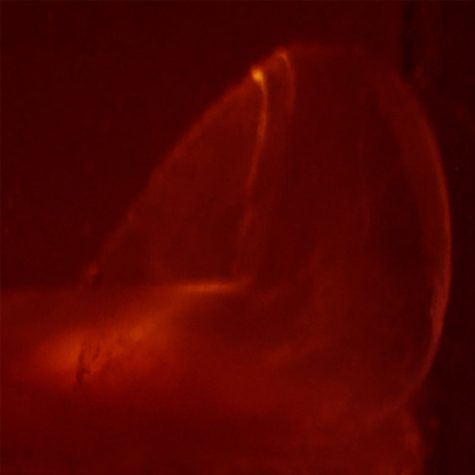- Your cart is empty
- Continue Shopping
Benefits of Homemade Vinegar
Benefits of Homemade Vinegar

Enjoy the Health Benefits of a Live Mother of Vinegar
SUPPLIES
- Non-Reactive Fermentation Vessel (glass canning jars work great)
- Michael’s MOV (Mother of Vinegar)
- Cheesecloth
- Rubber Band
WINE
We recommend when making wine vinegar, to use 2 parts wine, 1 part starter vinegar (one with live, active cultures, aka the Michael’s MOV Mother of Vinegar), and 1 part filtered water (no distilled or no alkaline). Allow these to ferment for several weeks, until the desired flavor is reached. It is important to note that vinegar made from exceptionally strong or distilled beverages that contain an alcohol content of 12% or higher must be diluted with water in order to create a palatable vinegar.
STRAINING THROUGH CHEESECLOTH AND BOTTLING
It is advisable to strain the finished liquid to remove sediment and bits of the SCOBY that may have fallen from the mother. Strain the finished vinegar through several layers of cheesecloth, and into airtight bottles for storage in a cool dark cabinet or the refrigerator.
OPTIONAL: PASTEURIZING YOUR VINEGAR
If you wish to pasteurize the vinegar, it will be shelf-stable for longer, but will lose all of it’s raw and probiotic qualities. To pasteurize the vinegar, strain it into a non-reactive pan and bring the temperature up to 140°F, not to exceed 160°F. Then, bottle and store the finished vinegar out of direct sunlight. We do not recommend pasteurization, when vinegar mother is completely done changing ethanol to acetic acid it will preserve itself along with the benefits of the living organisms.
THE BENEFITS OF LIVE BACTERIA
Long viewed as a contaminant in beer and wine making, the acetobacter bacteria that create vinegar are in fact useful and agreeable organisms. Acetobacter live everywhere, all around us, on the skins of fruit, the feet of flies, in even the cleanest of kitchens. They give kombucha its characteristic tang, and, while it is true that they do not make for good beer, wort inoculated with acetobacter will quickly turn into a fine malt vinegar.
WHAT IS A SCOBY?
Like many fermented beverages, vinegar creates a SCOBY as it digests the sugars present in whatever liquid is being fermented. SCOBY, as you may know from other fermentation projects, is an acronym for Symbiotic Community of Bacteria and Yeasts. The opaque material that makes up the SCOBY floating on the surface of the fermenting wine is composed mainly of cellulose, which is a byproduct of the action of the several strains of acetobacter and yeast that work to turn alcohol into vinegar.
WHAT IF MY VINEGAR LOOKS CLOUDY?
As the vinegar ferments, it may become cloudy; this is natural, and nothing to be concerned about; it will clear somewhat as fermentation slows again. A SCOBY will form on the surface of the liquid, indicating that the bacteria and yeasts are doing their work. A little cloudiness in the finished vinegar indicates a thriving microbial community. This is a good thing.
Acetobacter is a genus of acetic acid bacteria. Acetic acid bacteria are characterized by the ability to convert ethanol to acetic acid in the presence of oxygen. Of these, the genus Acetobacter is distinguished by the ability to oxidize lactate and acetate into carbon dioxide and water. Bacteria of the genus Acetobacter have been isolated from industrial vinegar fermentation processes and are frequently used as fermentation starter cultures
Hope you have fun getting started with fermenting your own homemade vinegars. Remember, don’t hesitate to let us know if you have any questions!


